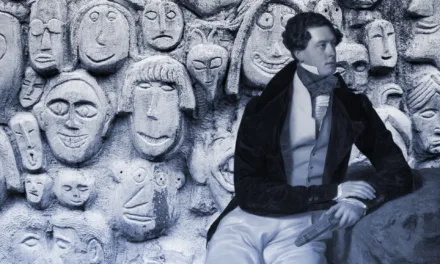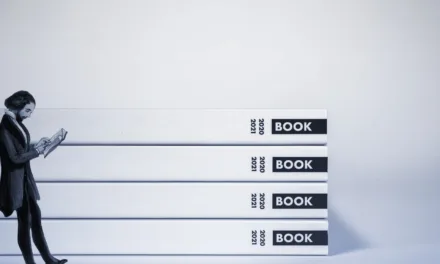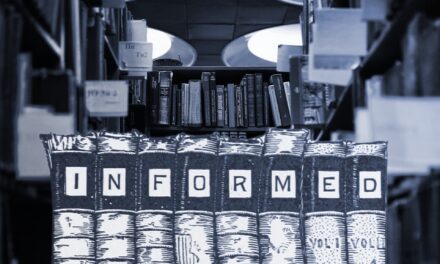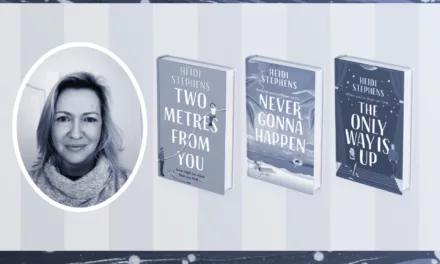
Are casual character actions necessary, or just clutter?
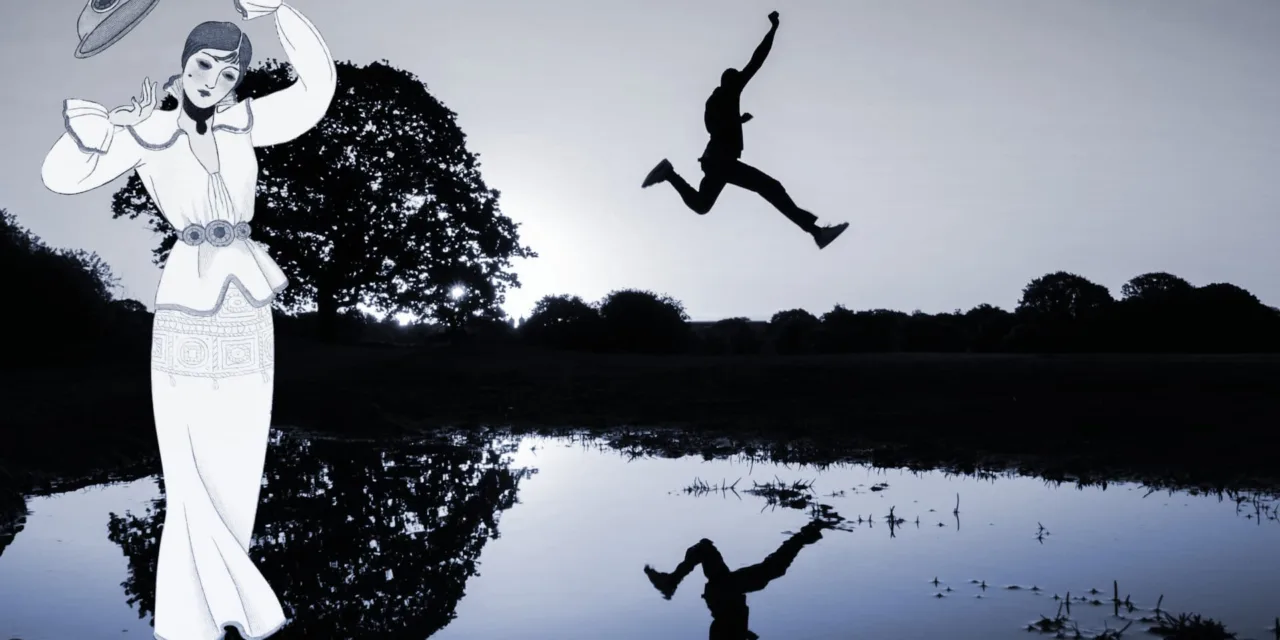
“How often should I describe a character’s “casual actions”? For example, when two of my characters are talking, I’ll add in little actions so the conversation isn’t just full of dialogue tags. But then I go back and read it and realize I just made them cross/uncross their arms and lean against a wall 12 times. Are casual actions necessary or just clutter?”
Great Question. Casual character actions include gestures and movements. A character might shrug or grimace, move an object, fidget, roll their eyes, etc. When are these useful and when are they clutter?
He said, she said
Let’s take the following dialogue:
“There they are!” said Waffles.
“There’s what? Those are called chickens. I believe they are a type of bird. Or maybe a reptile,” said Pancake.
“Monsters. They’re monsters,” said Waffles.
“Look harmless to me,” said Pancake.
“It’s staring at me. I think it’s planning to murder us,” said Waffles.
As writers, we seem to be allergic to using the word “said” and for good reason. It gets repetitive to read He said… She said…. They said. It’s an easy word to overuse, especially if the dialogue is a series of brief sentences.
Actions as world building
Actions can spice up your writing, giving the reader more information about the characters and the world they inhabit. Let’s add some character actions to the above dialogue.
“There they are!” Waffles growled softly.
“There’s what?” Pancake trotted over. “Those are called chickens. I believe they are a type of bird. Or maybe a reptile.”
“Monsters. They’re monsters.” Waffles sat down and scratched his ear.
“Look harmless to me.” Pancake yawned.
“It’s staring at me.” Waffles yelped. “I think it’s planning to murder us.”
These actions give a sense of who Pancake and Waffles are and how they feel about the situation. What isn’t clear is which is the POV character. We may suspect what sorts of animals they are, but it isn’t as clear as it could be. You might also notice that the synonyms for said can feel just as repetitive as just using said. So, let’s add a little more.
“There they are!” Waffles growled softly; enough to menace but not enough for the strange creatures to hear. They were, after all, as tall as he was.
“There’s what?” Pancake trotted over, curious about what his young protégé was worried about this time. He surveyed the neighbor’s yard. There were four feathered animals strutting around and scratching at the dirt. He had a vague memory of the humans discussing them on the porch last night. “Those are called chickens. I believe they are a type of bird. Or maybe a reptile.”
“Monsters. They’re monsters.” Waffles sat down and scratched industriously at his ear, then sniffed his paw.
“Look harmless to me.” Pancake yawned and returned to patrolling the perimeter of the yard.
“It’s staring at me.” Waffles yelped as he ran over to hide behind Pancake. “I think it’s planning to murder us.”
It’s clear now that Pancake is the POV character and what his relationship is with Waffles. We get the sense that Waffles worries about a lot of things that Pancake doesn’t see as threats. Waffles’ actions give us a sense of what he is thinking as a non-POV character.

Write more, write better, and achieve your goals with Novlr!
Beware distractions and clutter
I also feel that this dialogue might have a little bit of clutter in it. Let’s edit that out. Don’t be afraid of using ‘said’ as an invisible word and let the conversation flow.
“There they are!” Waffles growled softly; enough to menace but not loud enough for the strange feathered creatures to hear him. They were, after all, as tall as he was.
“There’s what?” Pancake trotted over, curious about what his young protégé was worried about this time. He surveyed the neighbor’s yard, bringing back a vague memory of the humans discussing them on the porch last night. “Those are called chickens. I believe they are a type of bird. Or maybe a reptile.”
“Monsters. They’re monsters,” said Waffles.
“Look harmless to me.” Pancake returned to patrolling the perimeter of the yard.
“It’s staring at me.” Waffles yelped as he ran over to hide behind Pancake. “I think it’s planning to murder us.”
I removed Pancake’s yawn. Just returning to his previous action is enough to show he doesn’t feel threatened by the chickens. I also removed Waffles scratching at his ear. While it definitely conveyed his doggy nature, it doesn’t move the scene forward and may even detract from his sense of urgency. Using ‘said’ there is invisible to the reader and lets us get on to Waffles yelping and hiding, which are better indicators of his fear.
Actions that set up future plot points
Character actions can also set up a future plot point. An object casually placed might seem irrelevant in the moment but later justifies its presence at an important plot point. For example, Pancake might be following a specific mystery scent in the yard.
”Looks harmless to me.” Pancake returned to patrolling the perimeter of the yard. There was a scent he couldn’t quite place, and it wasn’t chicken.
I might have the dogs notice this scent at various points leading up to the reveal of a new character, challenge, or something more threatening than chickens.
Summing up
Character actions tell us something about who they are and their relationships with others, provide information about the world they live in, and can lay the foundation for future plot points. When editing and deciding if an action is important or clutter, I ask myself if it serves one or more of the above points. If so, I keep it. Otherwise, it’s just clutter.

